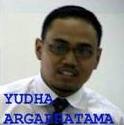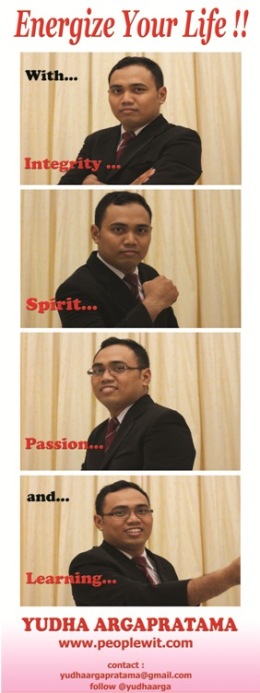2. THE DIRECTION HAT: TEACHER, COACH, PROMOTER, INNOVATOR
In providing direction, managers integrate knowledge, skills, attitudes, personal characteristics, and experience of the unit into an effective and efficient team. Providing direction involves managing the assigned and available resources within the limits of the organizational infrastructure.
The resources include people, intellectual property, information, organizational attributes, technology, time, customers, suppliers, plant and equipment, facilities, and financial. The organizational infrastructure includes purposes, objectives, strategies, organizational structure, guiding principles, policies and practices, management attitudes, management expertise, support for innovation, acceptance of risk, communication, and social responsibility.
This list may lead you to believe that becoming a manager involves more than could be expected of any human being. But a close look at the list shows that in our personal lives we already demonstrate some of these competencies but under different circumstances. Focusing on the following activities in meeting objectives allows you to develop a competent staff that meets current as well as future requirements. In the process you provide opportunities for growth. Focus the group but provide the flexibility when required.
❑ Communicating up, down, laterally, within, and outside the organization—verbal, written, graphic, reading, and listening is critical. One size does not fit all. The message must meet the needs of the listener.
❑ Integrating the multifunctional interests of the group is important.
The disciplinary silos need to be brought together. Integrate the activities of various participating disciplines in the very early stages of a project or program. Track requirements and the performance so as to avoid future costly rework.
❑ Progress cannot be monitored from the office.
Instead of only a show-and-tell try a show-and-tell-and-see-and-feel approach. Whether the work requires creative thought that ends in a document or a design that involves a product, take the time to view the physical results. Adopt a show-me attitude.
❑ Motivating individuals and groups is essential.
But be cautious about using the motivational gurus; their impact lasts about 48 hours. Find a way to unlock individual self-motivation. This can usually be accomplished by developing an environment that lives on self-motivation. Most people do an acceptable job when given an assignment, but the self-motivated find the assignment and pursue it with a passion.
❑ Teaching is part of the manager’s role.
Teaching is not micromanaging. Everyone doesn’t have to start at the bottom of the learning curve. You have experience (intellectual property), and you should pass it on and then allow your people to make new mistakes and learn from them and communicate them to others.
❑ Training determines the future of your unit.
Experience is a great teacher but a little education can save a lot of time, effort, cost, and frustration. The cut-and-dry method can work with simple one-dimensional problems but most problems are more complex and require multidisciplinary knowledge.
❑ Coaching applies to both the discipline side and the performance side of the person.
Discipline competence (the hard skills) is insufficient: it must be augmented by what most consider soft skills; I prefer to refer to them as integrating skills. The skills that make the discipline competence possible are the ones that involve working with people.
❑ Pushing some people to accomplish their goals is necessary.
People who require continual attention and stroking need to be weaned from such behavior because it is not only detrimental to the performance of the group but also to the person who becomes the focus of unnecessary attention.
❑ Pulling is quite different from pushing.
Helping a person through the difficult stages of a project either by providing input directly or from other sources builds confidence and trust. The manager who puts the person on the right path gains respect and at the same time helps move the project toward completion.
❑ Analyzing without synthesizing provides only half the answer and often leads to indecision rather than action.
Synthesis involves bringing information from all those analyses and integrating them to reach an acceptable decision. Too much analysis leads to paralysis.
❑ Negotiating requires the ability to know when to change course. Everything is supposedly negotiable, but how far? Win–win may be a good concept but the fundamentals of any discipline cannot be disregarded. Too much compromise can lead to future problems. It’s better to start over and look for new solutions.
❑ Promoting, while not in the vocabulary of most professionals and young managers, becomes a vital skill.
New ideas, concepts, and proposals that deviate from traditional practices require salesmanship. Acceptance of anything new generates some conflict, as it should. The proponent makes the case and the decision makers react. Questions will be asked so you need to do your homework.
Source : Gerard H Gaynor. What Every New Manager Needs To Know. 2004
 RSS Feed
RSS Feed Twitter
Twitter





